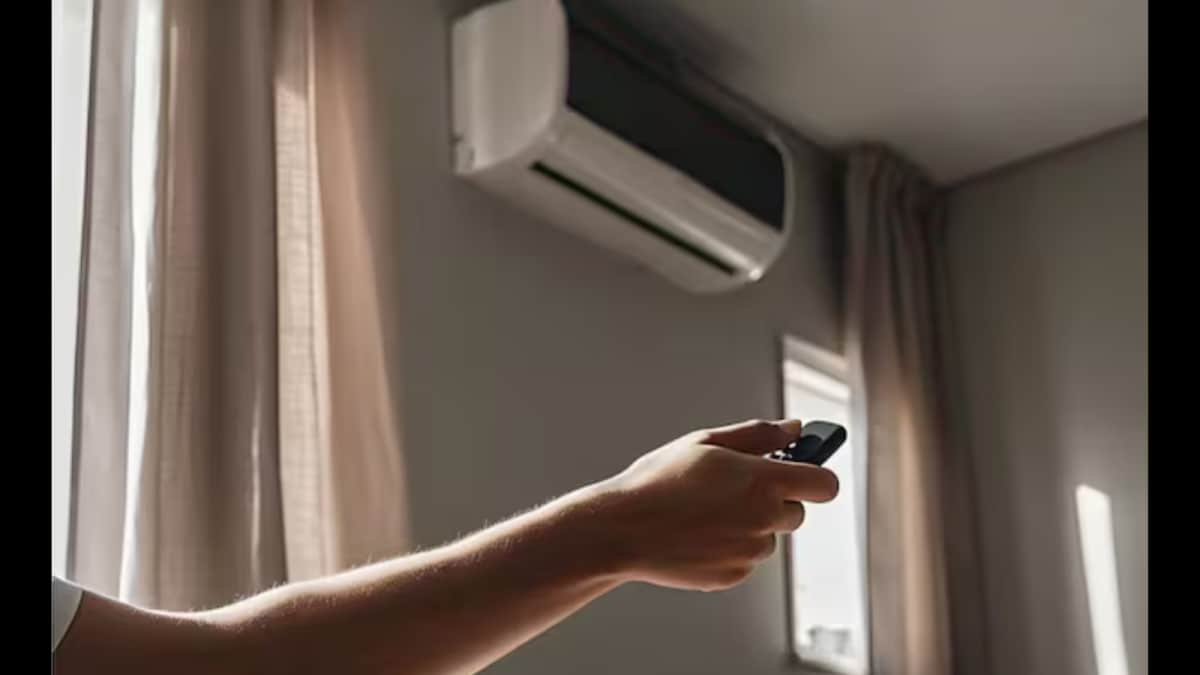Last update:
If you are running your air conditioning for 8 hours a day, that small temperature adjustment could save between RS 3 and RS 5 per day
If its 24 ° C to 25 ° C AC configuration increases, it can reduce its use of electricity by 3-6%. (News18 Hindi)
In a movement destined to stop electricity consumption and promote energy efficiency, the center is considering establishing a standard operating temperature for air conditioners. According to the proposed measure, consumers can no longer establish their AC arbitrarily high or low, since the authorities prepare to enforce the fixed temperature limits in the near future.
Politics is based on the idea that small changes in thermostat environments can lead to great savings, not only for individual homes, but also for the national electricity grid.
Why is a degree important
It may sound trivial, but adjusting the temperature of its CA in just 1 degrees Celsius can have a measurable impact. Lowering the temperature by 1 C can increase the use of power by 3-6%, while increasing it in the same margin reduces consumption by a similar percentage. In simple terms, if its 24 ° C CA configuration increases, it can reduce its use of electricity by 3-6%.
Let's take an example: a 5 -star inverter of 1.5 tons, considered one of the most efficient energy models, typically consumes about 1 kWh per hour at 24 ° C. Increase the configuration at 25 ° C could save around 0.05 kWh (or 50 watts) per hour.
Watt translation to the wallet
If you are running your AC for 8 hours a day, that small temperature adjustment could save you between RS 3 and RS 5 per day, depending on local electricity rates (it is assumed here in RS 8 per unit). That adds up to RS 100-R 150 in monthly savings and around 1,200 -rs 2,000 per year.
These savings can grow even more for homes where AC run for longer, common durations in cities such as Delhi, Mumbai or Chennai during the maximum summer months.
Energy efficiency is not just about temperature configurations. The model and qualification of your AC makes a significant difference. According to the Energy Efficiency Office (BEE), a 5 -star qualified AC consumes much less power than a lower rating model. Inverter ACs also adjust the compressor speed based on ambient temperature, offering better performance to less energy use, especially when combined with moderate thermostat configurations.
The isolation of the room, the regular maintenance and the complementary use of the ceiling fans also help reduce the load in air conditioners. Poor isolation forces ACS to work harder, increasing the energy raffle. Cleaning filters, sealing spaces and limitation of exposure to sunlight with curtains or blinds can significantly improve yield.
Although the government has not yet issued a final directive, the proposal to demand a fixed CA temperature, possibly around 24 ° C or 25 ° C, is part of a major national effort to manage maximum demand for electricity. India faces increasing pressure on its network during the summer months, and such changes in micro level in consumption could add to relief at macro level.
The initiative can also encourage manufacturers to prepare ACS with predetermined configurations aligned with government standards. However, consumers can still have some flexibility within a defined range.
- First published:












